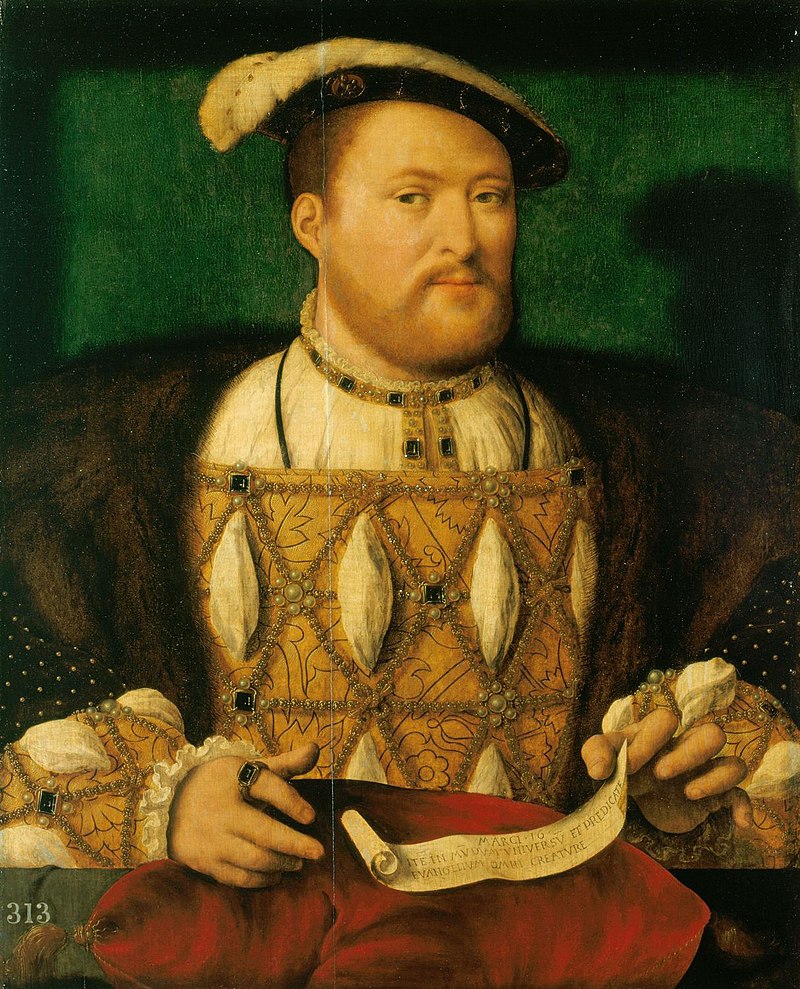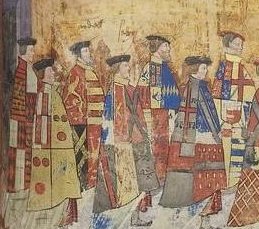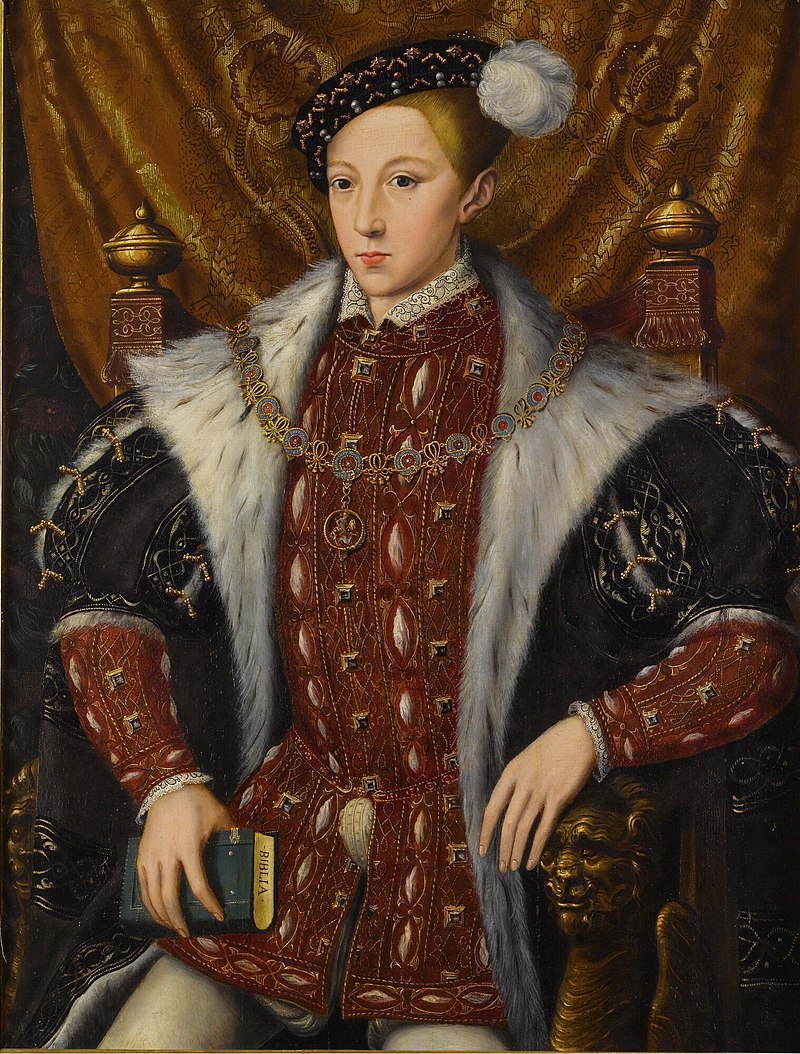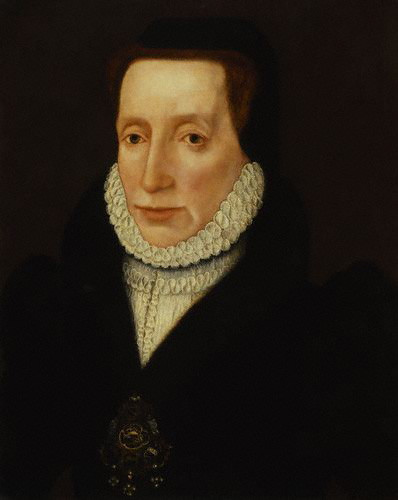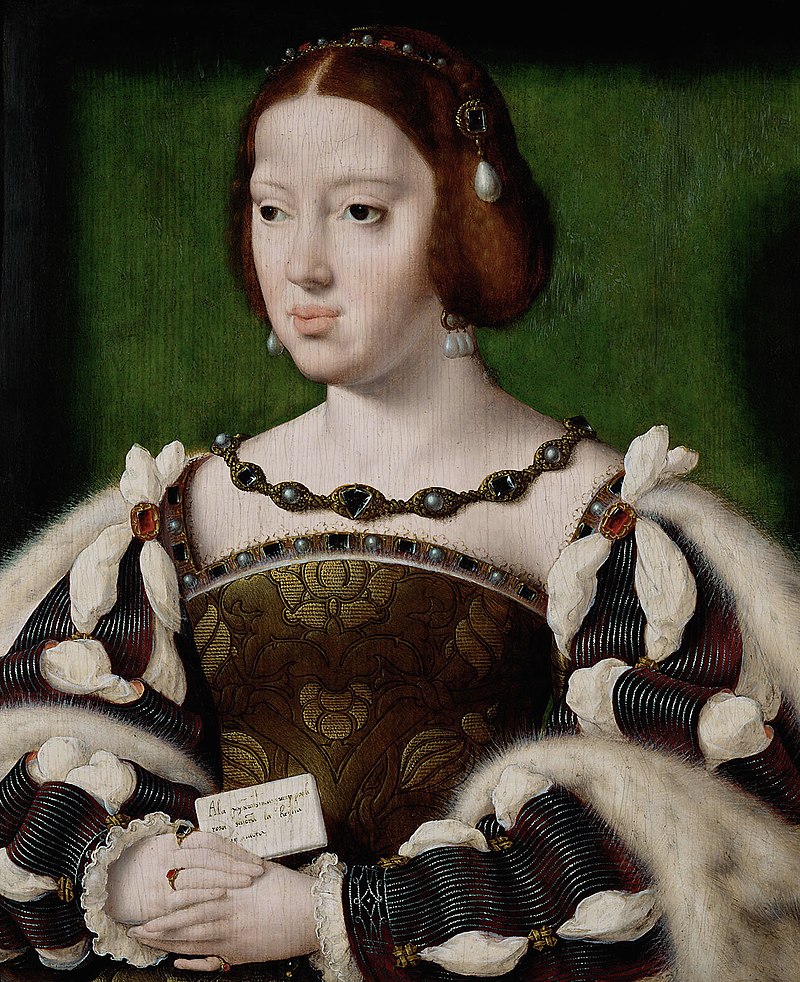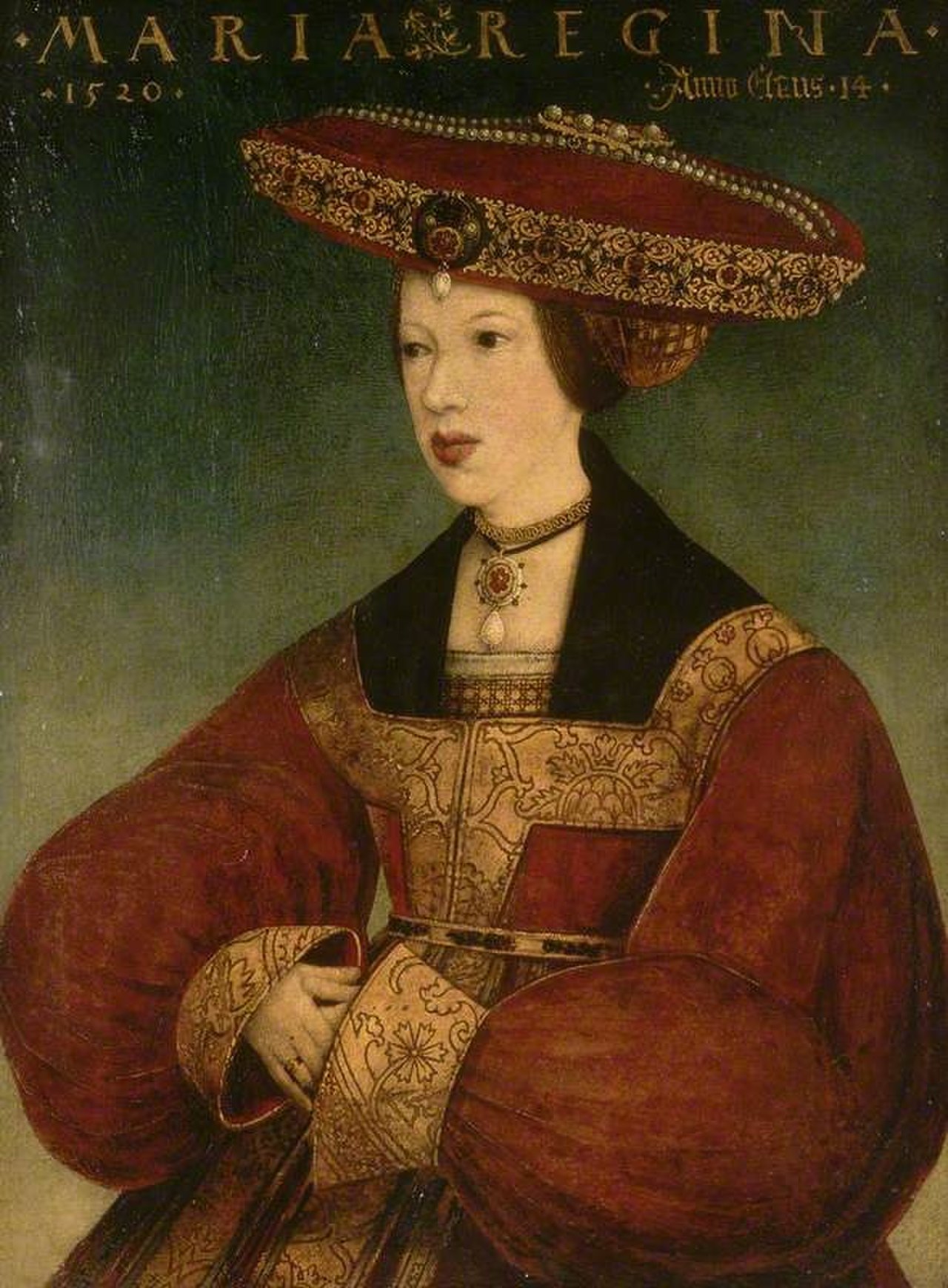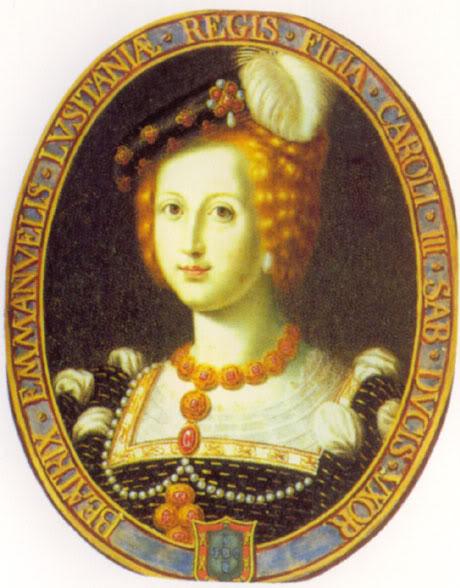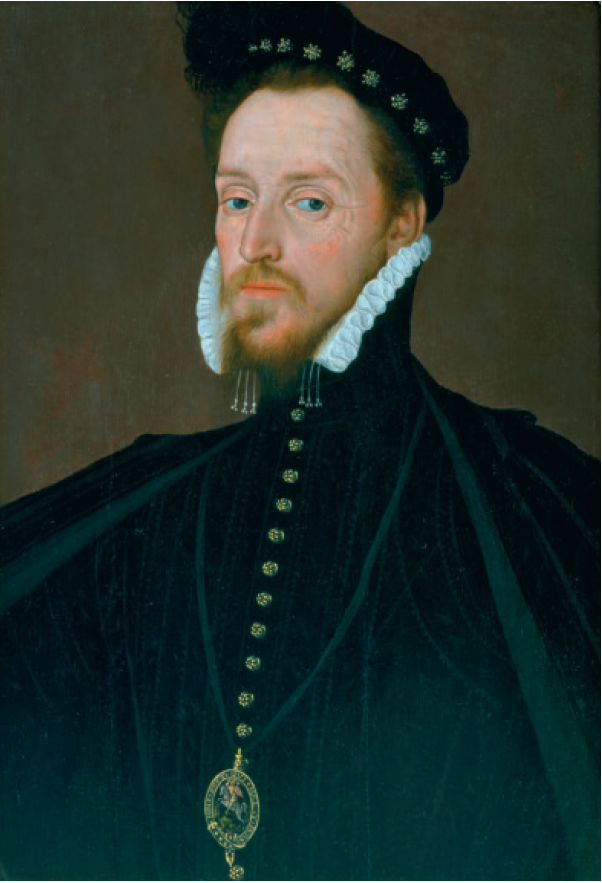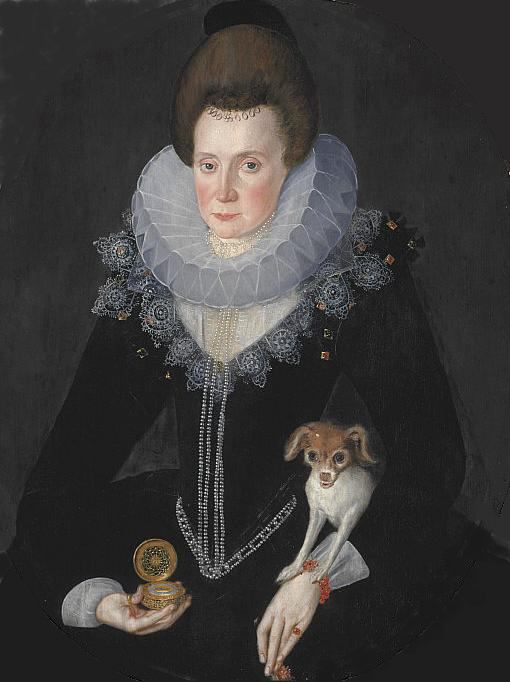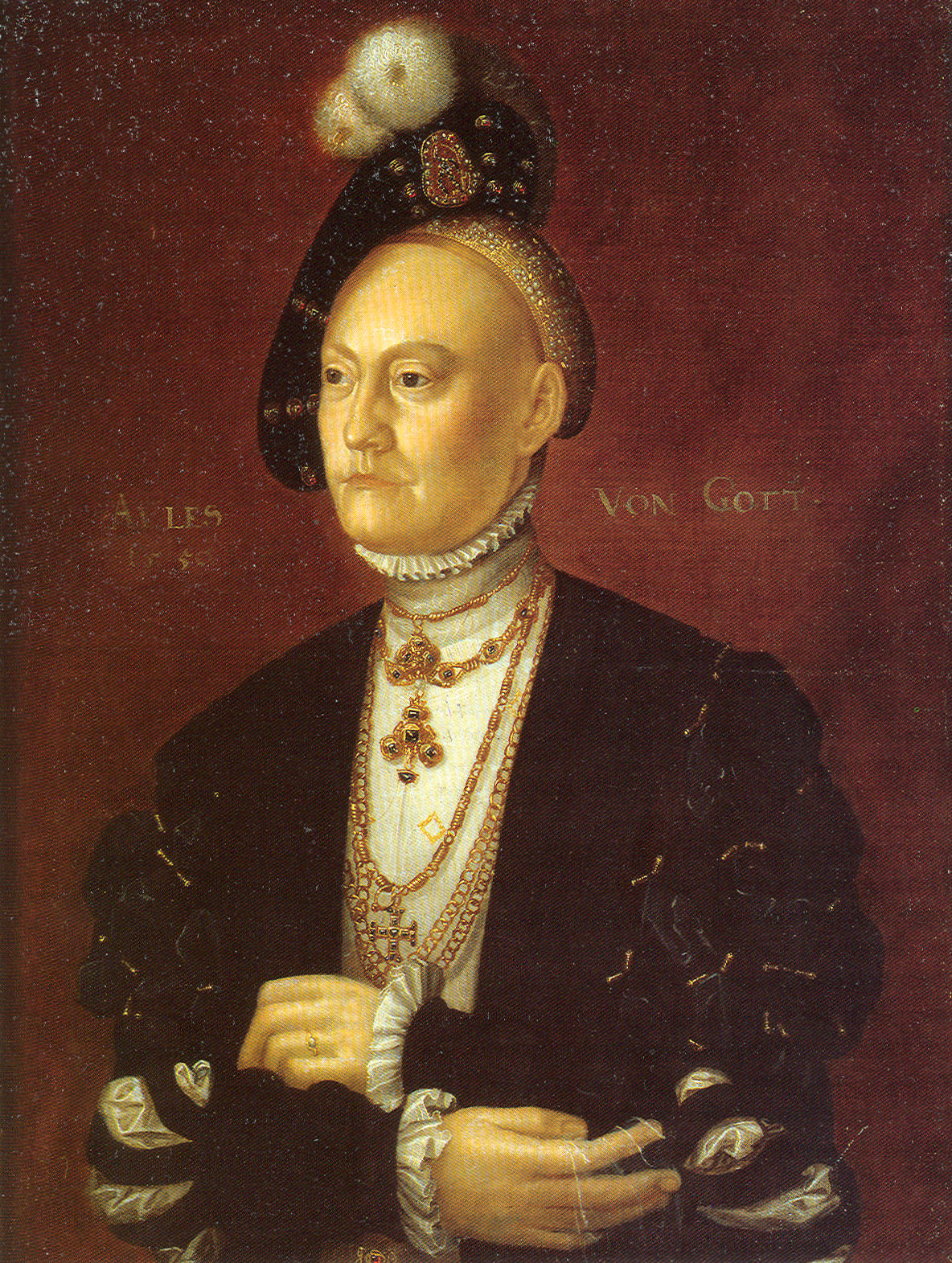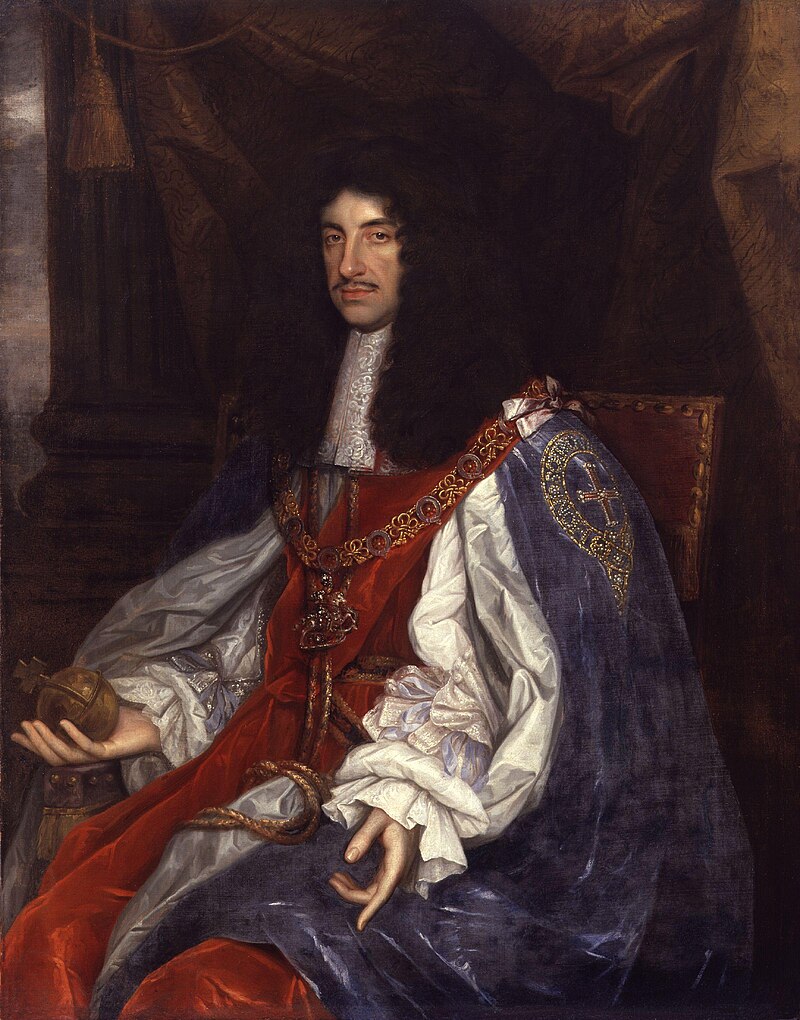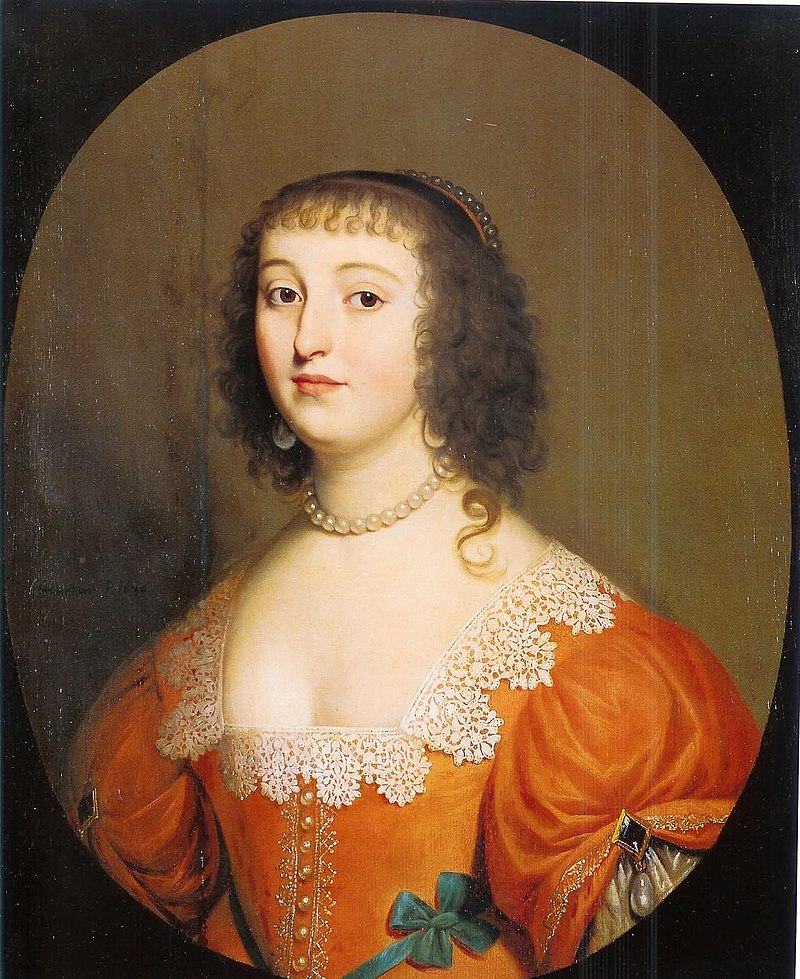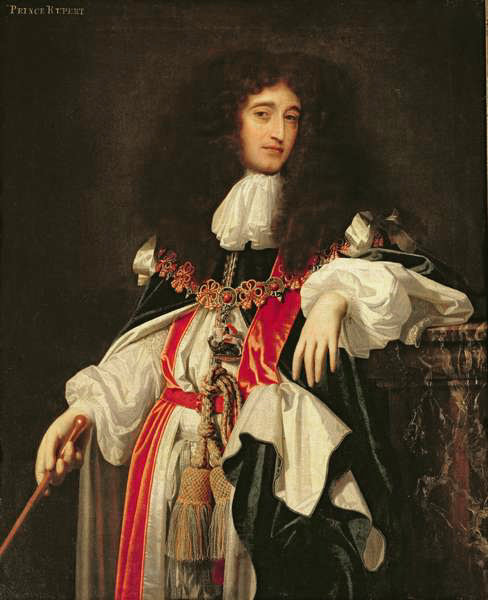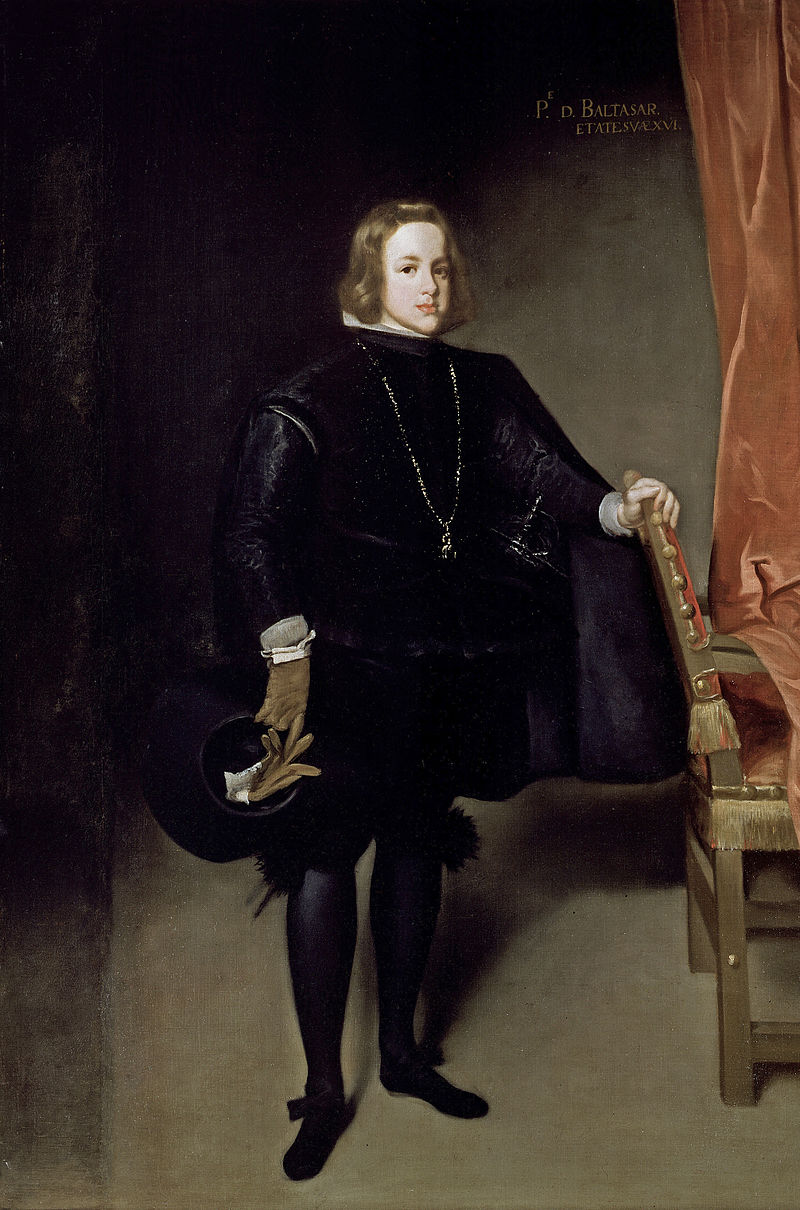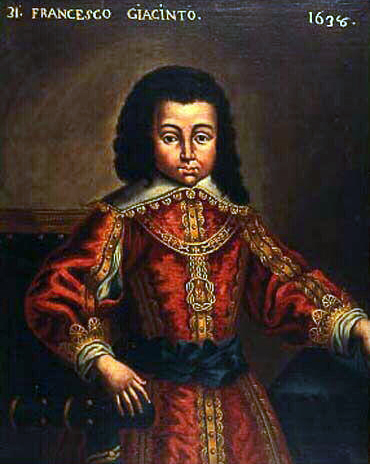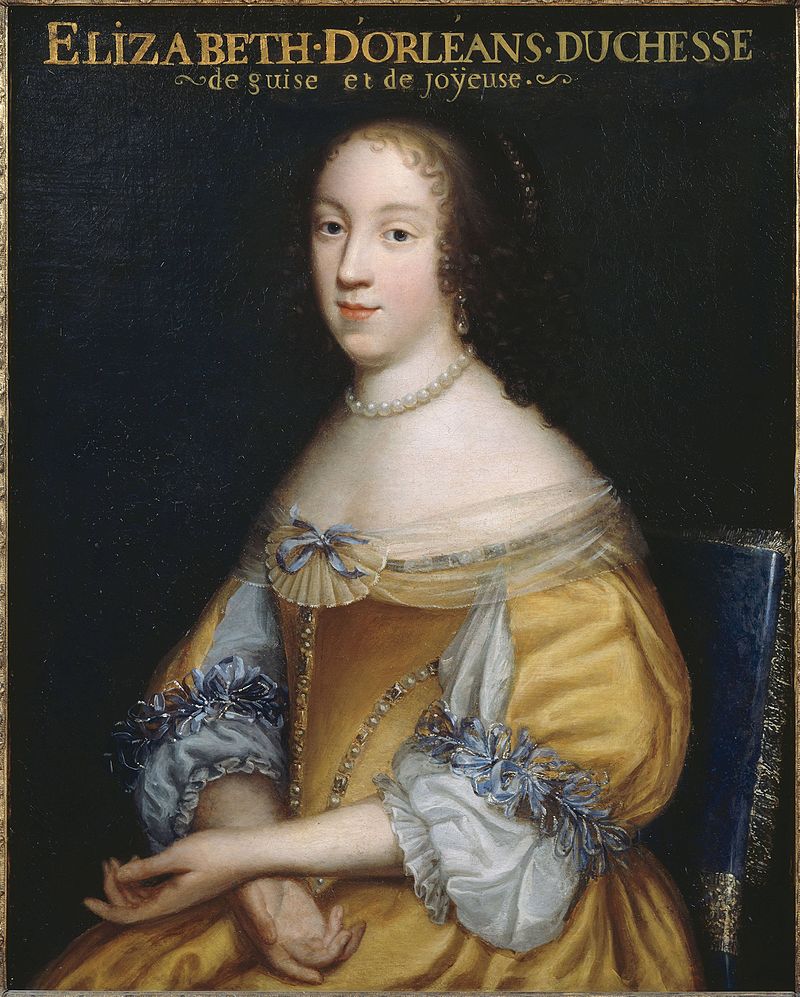by Susan Flantzer
© Unofficial Royalty 2019

William III, King of England, William II, King of Scots, Willem III, Prince of Orange (1650 – 1702)
(All photos credits – Wikipedia unless otherwise noted)
William III, King of England, William II, King of Scots, Willem III, Prince of Orange was born on November 14, 1650, at Binnenhof in The Hague in the Dutch Republic, now in the Netherlands. He was the only child of Willem II, Prince of Orange and Stadtholder of the United Provinces of the Netherlands, and Mary, Princess Royal, the eldest daughter of King Charles I of England. William’s father died at age 24 of smallpox eight days before William’s birth, so from birth, William was the sovereign Prince of Orange. William’s maternal grandparents were King Charles I of England and Princess Henrietta Maria of France, daughter of King Henri IV of France and Marie de Medici. His paternal grandparents were Frederik Hendrik, Prince of Orange and Amalia of Solms-Braunfels.
William married his maternal first cousin Mary, the elder surviving daughter of James, Duke of York, later James II, King of England/James VII, King of Scots. Mary soon became pregnant but suffered a miscarriage which may have prevented any successful pregnancies. It is suspected that she had at least two more miscarriages. Her inability to have children was Mary’s greatest unhappiness.
William and Mary’s uncle King Charles II died without any legitimate children despite having at least 14 illegitimate children. Mary’s father, who had converted to Roman Catholicism, succeeded his brother as King James II and set on a course of restoring Catholicism to England. England might very well have tolerated King James II knowing that his heirs were the Protestant daughters of his first wife Anne Hyde, Mary and Anne. However, on June 10, 1688, James’ second wife Maria Beatrice of Modena, who had no surviving children, gave birth to a Catholic son, James Francis Edward. William III, Prince of Orange, the nephew and son-in-law of King James II, landed in England vowing to safeguard the Protestant interest. He marched to London, gathering many supporters. James panicked and sent his wife and infant son to France. He tried to flee to France about a month later but was captured. William had no desire to make his uncle a martyr, so he allowed him to escape. James was received in France by his first cousin King Louis XIV, who offered him a palace and a pension.
James had effectively abdicated the throne. James’s elder daughter Mary was declared Queen Mary II and she was to rule jointly with her husband William, who would be King William III. This overthrow of King James II in 1688 is known as the Glorious Revolution. Sadly, in 1694, 32-year-old Mary died of smallpox, the same disease that had killed both of William’s parents. William continued to reign alone for the remainder of his life. Upon William’s death in 1702, he was succeeded by Mary’s younger sister Anne.
********************
Paternal Aunts and Uncles: Children of Frederik Hendrik, Prince of Orange and Amalia of Solms-Braunfels

Frederik Hendrik and Amalia of Solms-Braunfels with their three youngest daughters
- Luise Henriette of Nassau, Electress of Brandenburg (1627 – 1667), married Friedrich Wilhelm, Elector of Brandenburg, Duke of Prussia, had five sons and one daughter
- Henriëtte Amalia of Nassau (born and died 1628)
- Elisabeth of Nassau (born and died 1630)
- Isabella Charlotte of Nassau (1632 – 1642)
- Albertine Agnes of Nassau, Princess of Nassau-Dietz (1634 – 1696), married Willem Frederik, Prince of Nassau-Dietz, had two sons and one daughter
- Henriette Catherine of Nassau, Princess of Anhalt-Dessau (1637 – 1708), married Johann Georg II, Prince of Anhalt-Dessau, had eight daughters and two sons
- Hendrik Lodewijk of Nassau (born and died 1639)
- Maria of Nassau, Countess Palatine of Simmern-Kaiserslautern (1642 – 1688), married Ludwig Heinrich, Count Palatine of Simmern-Kaiserslautern, no children
********************
Maternal Aunts and Uncles: Children of King Charles I of England and Henrietta Maria of France
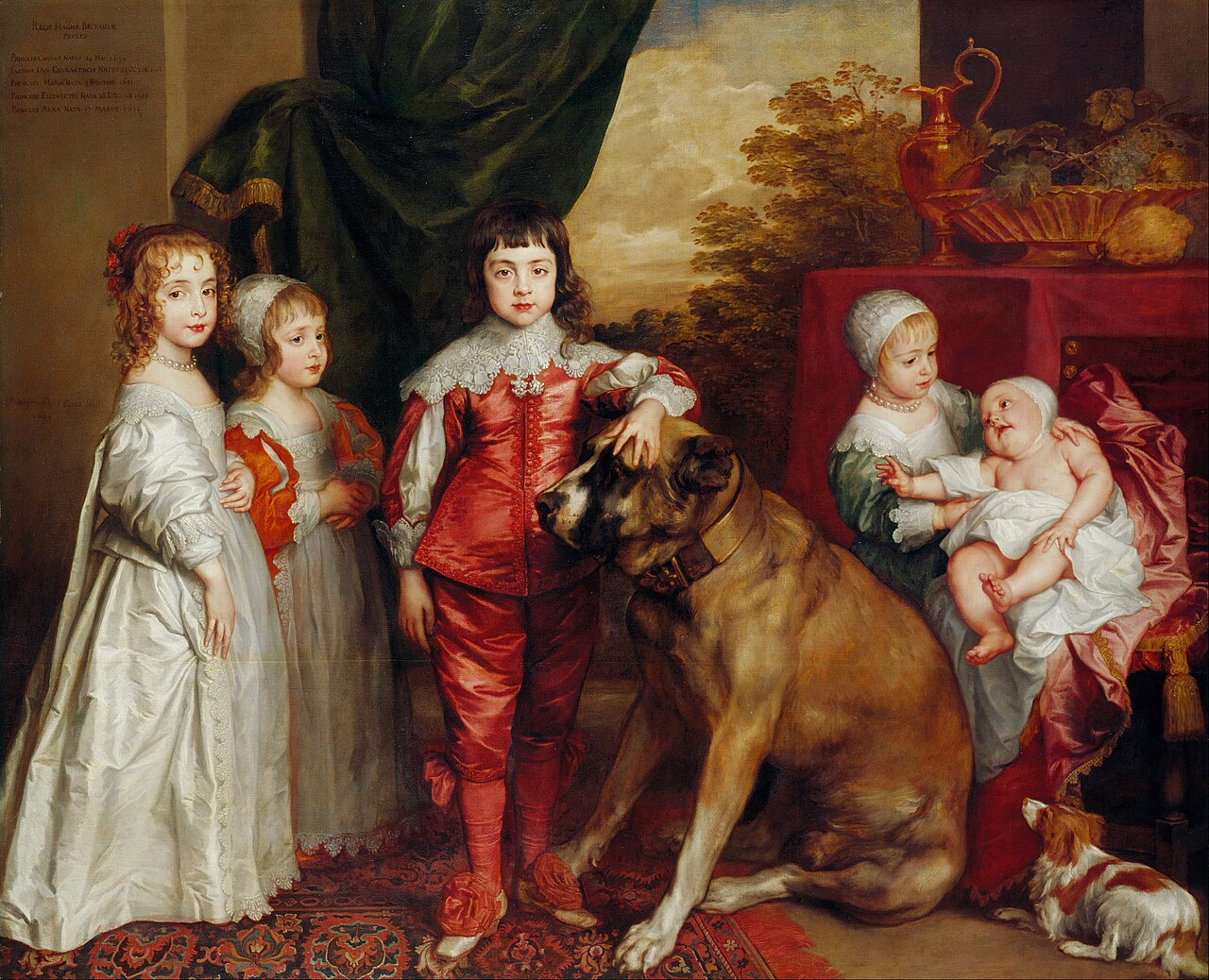
Charles I’s five eldest children, 1637. Left to right: Mary, James, Charles, Elizabeth, and Anne
- Charles James, Duke of Cornwall and Rothesay (born and died 1629)
- Charles II, King of England, King of Scots (1630 – 1685), married Catherine of Braganza, no children, had at least 14 illegitimate children
- James II, King of England/James VII, King of Scots (1633 – 1701), married (1) Lady Anne Hyde, had four sons and four daughters; (2) Maria Beatrice of Modena, had five daughters and two sons
- Princess Elizabeth of England (1635 – 1650), unmarried, died from pneumonia
- Princess Anne of England (1637 – 1640), died young from tuberculosis
- Princess Catherine of England (born and died 1639)
- Henry of England, Duke of Gloucester (1640 – 1660), unmarried, died from smallpox
- Princess Henrietta of England, Duchess of Orléans (1644 – 1670), married Philippe, Duke of Orléans, had two daughters and one son
********************
PATERNAL FIRST COUSINS
Paternal First Cousins: Children of Luise Henriette of Nassau, Electress of Brandenburg and Friedrich Wilhelm, Elector of Brandenburg, Duke of Prussia
Wilhelm Heinrich, Electoral Prince of Brandenburg (1648 – 1649), died in infancy
********************

Karl, Electoral Prince of Brandenburg (1655 – 1674)
When Karl was 19-years-old, he accompanied his father on a military campaign during the Franco-Dutch War. The weather was cold and wet and this led to poor sanitary conditions and disease including dysentery also called the bloody flux, the scourge of armies for centuries. Karl died from dysentery after suffering from the disease for about two weeks.
********************
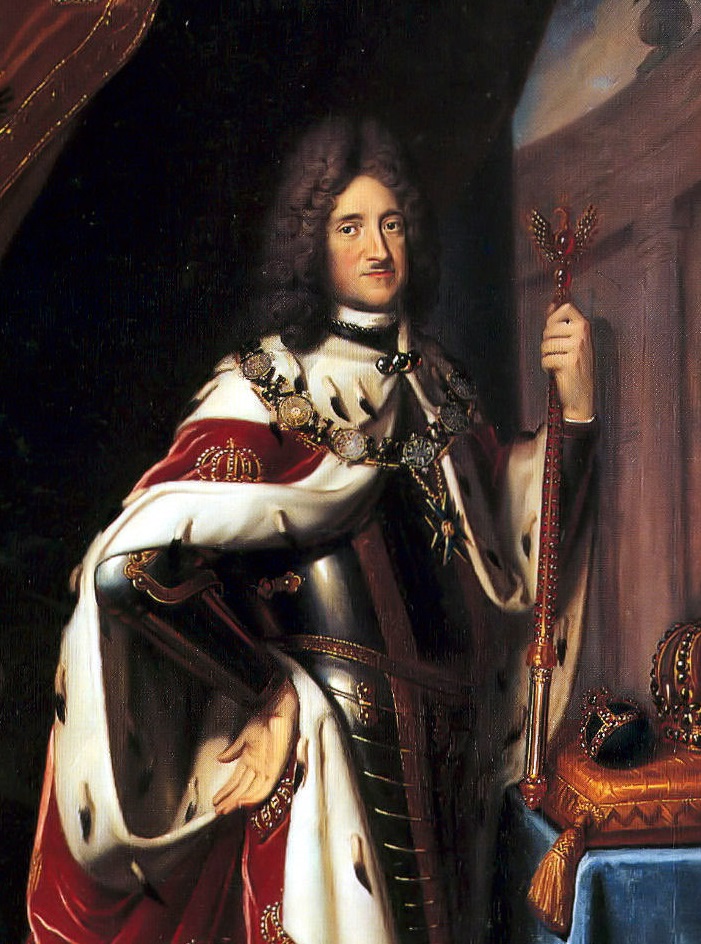
Friedrich I, King of Prussia (1657 – 1713)
Friedrich succeeded his father as Elector of Brandenburg and Duke of Prussia. In 1700, Friedrich persuaded Leopold I, Archduke of Austria and Holy Roman Emperor to allow Prussia to be elevated to a kingdom and so he became the first King of Prussia. Friedrich married three times. His first wife Elizabeth Henrietta of Hesse-Kassel, with whom he had one daughter, died at age 21 from smallpox. His second wife Sophia Charlotte of Hanover gave birth to two sons including his successor King Friedrich Wilhelm I of Prussia. Sophia Charlotte died of pneumonia at the age of 36. Sophia Louisa of Mecklenburg-Schwerin, Friedrich’s third wife survived him but their marriage was childless
********************
Amalie of Brandenburg (1664 -1665), died in infancy
********************
Heinrich of Brandenburg (born and died 1664)
********************

Ludwig of Brandenburg (1666 – 1687)
Ludwig married Ludwika Karolina Radziwill, the sole heir to the Calvinist line of the House of Radziwill in the Grand Duchy of Lithuania. The couple did not have any children. Six years after his marriage, 21-year-old Ludwig suddenly died after a ball at the Potsdam City Palace in Brandenburg. An investigative commission requested by Ludwig’s father found that poisoning was the probable cause of death. The poisoning suspicions caused conflict between Ludwig’s only surviving brother Friedrich and his half-siblings and his stepmother, his father’s second wife Sophie Dorothea of Holstein-Sonderburg-Glücksburg. Friedrich suspected that his stepmother wanted to get rid of her stepsons so her own sons would succeed to the throne. Against his father’s wishes, Friedrich left the Brandenburg court and lived at the court of his father-in-law Ernst August, Duke of Brunswick-Lüneburg until he succeeded his father upon his death the following year.
********************
Paternal First Cousins: Children of Albertine Agnes of Nassau, Princess of Nassau-Dietz and Willem Frederik, Prince of Nassau-Dietz

Amalia of Nassau-Dietz, Duchess of Saxe-Eisenach (1655 – 1695)
Amalia married Johann Wilhelm III, Duke of Saxe-Eisenach, had one son and one daughter. She died when she was 39-years-old.
********************

Hendrik Casimir II, Count of Nassau-Dietz (1657 – 1696)
Hendrik Casimir was Stadtholder of Friesland and Groningen in the Dutch Republic. He married his first cousin Henriëtte Amalia of Anhalt-Dessau (see below) and had two sons and seven daughters. Their son Johan Willem Friso, Prince of Orange and his wife Princess Marie Luise of Hesse-Kassel hold the distinction of being the most recent common ancestors to all currently reigning European monarchs. In addition, they are the ancestors of many formerly reigning families. See Wikipedia: Royal descendants of Johan William Friso.
********************
Wilhelmina Sophia Hedwig (1664–1667), died in childhood
********************
Paternal First Cousins: Children of Henriette Catherine of Nassau, Princess of Anhalt-Dessau and Johann Georg II, Prince of Anhalt-Dessau
Amalie Ludovika of Anhalt-Dessau (born and died 1660)
********************
Henriette Amalie of Anhalt-Dessau (born and died 1662)
********************
Frederick Casimir, Hereditary Prince of Anhalt-Dessau (1663 – 1665), died in early childhood
********************
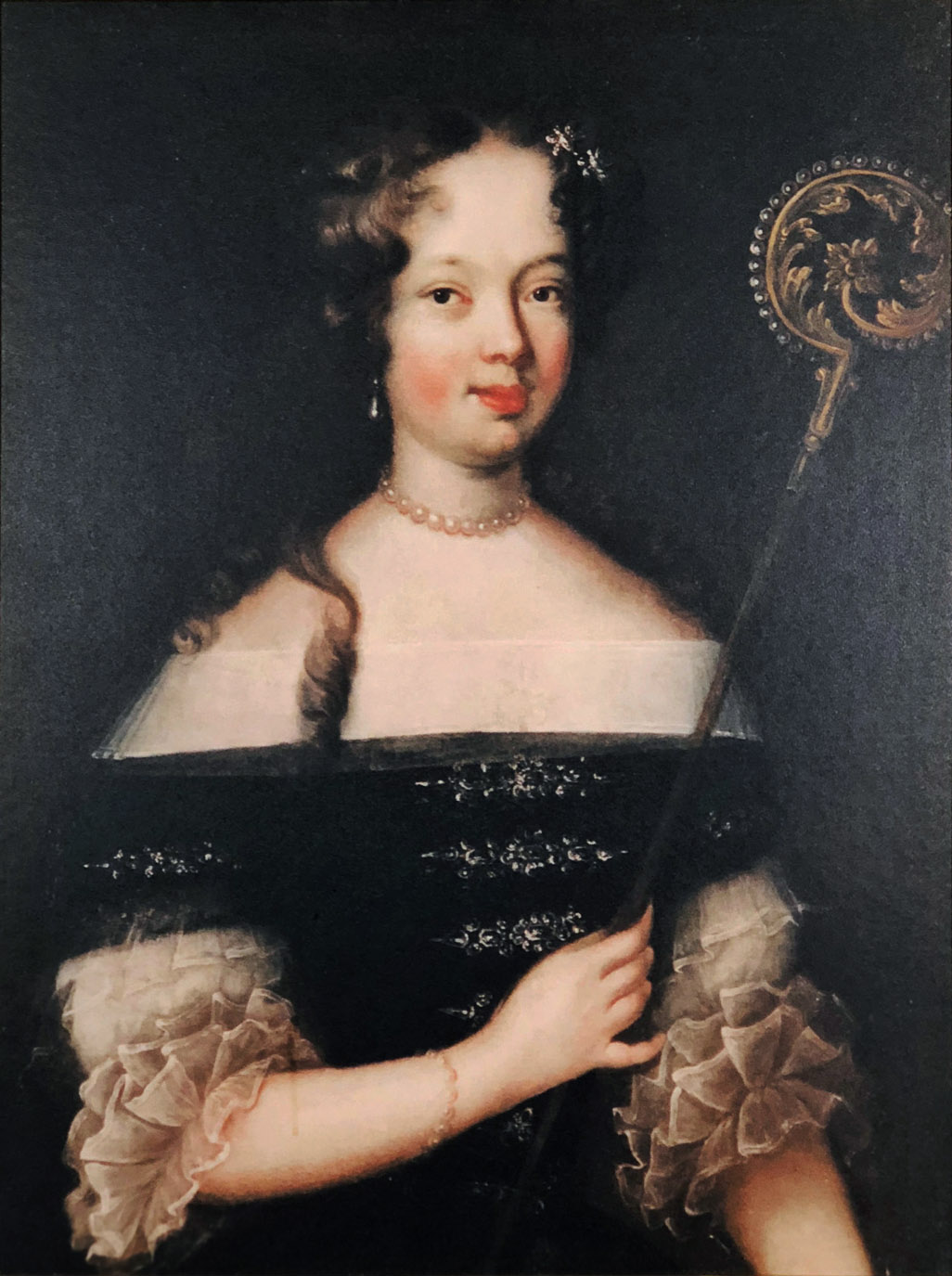
Elisabeth Albertine of Anhalt-Dessau, Duchess of Saxe-Weissenfels, Countess of Barby (1665 – 1706)
With the help of her father, Elisabeth Albertine was elected as Princess-Abbess of Herford Abbey, a secular women’s religious house in the Duchy of Saxony. The town of Herford, now in the German state of North Rhine-Westphalia, developed around the abbey. Elisabeth Albertine served as Princess-Abbess for six years, until her marriage to Heinrich, Duke of Saxe-Weissenfels, Count of Barby was arranged. The couple had four sons and one daughter. Elisabeth Albertine died in childbirth delivering her seventh child who was stillborn.
********************

Henriëtte Amalie of Anhalt-Dessau, Princess of Nassau-Dietz (1666 – 1726)
Henriëtte Amalia of Anhalt-Dessau married her first cousin Heinrich Casimir II, Prince of Nassau-Dietz (see above) and had two sons and seven daughters. When her husband, Henriëtte Amalia became regent for their nine-year-old son Johan Willem Friso, who succeeded to his father’s titles. When Henriëtte Amalia’s first cousin William III, King of England, William II, King of Scots, William III, Prince of Orange died, her son Johan Willem Friso inherited his title Prince of Orange. Johan Willem Friso, Prince of Orange and his wife Princess Marie Luise of Hesse-Kassel hold the distinction of being the most recent common ancestors to all currently reigning European monarchs. In addition, they are the ancestors of many formerly reigning families. See Wikipedia: Royal descendants of Johan William Friso.
********************
Louise Sophie of Anhalt-Dessau (1667 – 1678), died in childhood
********************

Marie Eleonore of Anhalt-Dessau, Duchess of Nieswicz and Olyka (1671 – 1756)
Marie Eleonore married Jerzy Radziwill, Duke of Nieswicz and Olyka, a nephew of Jan III Sobieski, King of Poland, but the marriage was childless. Her husband died two years after their marriage and Marie Eleonore returned to Anhalt-Dessau. She survived all her sisters and inherited her mother’s estate including an important collection of paintings by Dutch masters.
********************
Henriette Agnes of Anhalt-Dessau (1674 – 1729), unmarried
********************

Leopold I, Prince of Anhalt-Dessau (1676 – 1747)
Leopold had a career in the Prussian Army and served with distinction during the War of the Spanish Succession. and the Great Northern War. His major achievement was his training of the Prussian infantry. He became one of the greatest drillmasters in Europe. Leopold married Anna Louise Föhse, the daughter of the court pharmacist, despite great resistance Leopold’s mother and Anna Louise’s father. The couple had five sons and five daughters.
********************

Johanna Charlotte of Anhalt-Dessau, Margravine of Brandenburg-Schwedt (1682 – 1750)
Johanna Charlotte married Philip Wilhelm, Margrave of Brandenburg-Schwedt and had three sons and three daughters. Her husband died after eleven years of marriage. In 1729, Johanna Charlotte was elected as Princess-Abbess of Herford Abbey, a secular women’s religious house in the Duchy of Saxony. The town of Herford, now in the German state of North Rhine-Westphalia, developed around the abbey. She remained Princess-Abbess until her death.
********************
MATERNAL FIRST COUSINS
Maternal First Cousins: Children of King James II of England and his first wife Anne Hyde, Duchess of York
Charles, Duke of Cambridge (1660 – 1661)
Conceived before his parents’ official marriage, Charles was styled Duke of Cambridge but never formally created Duke of Cambridge. He died at the age of six months from smallpox and was buried at Westminster Abbey in London, England.
********************

Mary II, Queen of England, Queen of Scots, Princess of Orange (1662 – 1694)
A short entry as Mary is covered above: Mary married her first cousin William III, Prince of Orange, ascended to the throne in 1689 as co-ruler with her husband who reigned as King William III of England) after her father was deposed. William and Mary had no children. Mary died from smallpox, as did William’s father and mother.
********************

James, Duke of Cambridge (1663 – 1667)
James was created Duke of Cambridge, Earl of Cambridge and Baron of Dauntsey by his uncle King Charles II. He was also named a Knight of the Garter but was never officially installed. Both James and his younger brother Charles, Duke of Kendal (see below) became ill with what was likely smallpox or the bubonic plague. Little Charles died first and three-year-old James died three weeks later and was buried at Westminster Abbey in London, England.
********************

Queen Anne of Great Britain (1665 – 1714)
Anne succeeded to the thrones of England and Scotland after the death of her brother-in-law and first cousin King William III who had co-reigned with his wife and first cousin, Anne’s elder sister Queen Mary, until her death. In 1707, England and Scotland were united into a single kingdom called Great Britain and thereafter, Anne was styled Queen of Great Britain. Anne is well known for her tragic obstetrical history. She married Prince George of Denmark and had 17 pregnancies with only five children being born alive. Two died on the day of their birth, two died at less than two years old within six days of each from smallpox, and one died at age 11. Anne suffered from what was diagnosed as gout and had pain in her limbs, stomach, and head. Based upon these symptoms and her obstetrical history, Anne may have had systemic lupus erythematosus which causes an increased rate of fetal death. Upon Anne’s death, the throne of Great Britain passed to George, Elector of Hanover and of Brunswick-Lüneburg, a Protestant great-grandson of James I, King of England/James VI, King of Scots, who reigned as King George I of Great Britain.
********************
Charles, Duke of Kendal (1666 – 1667)
Charles was styled Duke of Kendal but was never official created Duke of Kendal because of his early death. He died at the age of ten months, shortly before his elder brother James, Duke of Cambridge died, and was buried at Westminster Abbey in London, England.
********************
Edgar, Duke of Cambridge (1667 – 1671)
Edgar was created was Duke and Earl of Cambridge and Baron of Dauntsey by his uncle King Charles II. Edgartown on Martha’s Vineyard in Massachusetts was named after him. Edgar died at the age of three and was buried at Westminster Abbey in London, England.
********************
Henrietta Stuart (born and died 1669)
Named after her paternal grandmother Henrietta Maria of France, Henrietta was born at the Palace of Whitehall in London, England. She died at St. James’ Palace in London, England when she was ten months old and was buried at Westminster Abbey.
********************
Catherine Stuart (born and died 1671)
Catherine was born at the Palace of Whitehall in London, England. Her mother died seven weeks after her birth from breast cancer. Catherine did not survive her mother for very long. She died at the age of ten months at St. James’ Palace in London, England and was buried at Westminster Abbey.
********************
Maternal First Cousins: Children of King James II of England and his second wife Marie Beatrice of Modena
Catherine Laura Stuart (1675 – 1676)
Born at St. James’ Palace in London, England, Catherine Laura was named after Catherine of Braganza, the wife of her uncle King Charles II of England, and her maternal grandmother Laura Martinozzi, Duchess of Modena. Catherine Laura’s Catholic mother had her baptized in a Catholic rite but her uncle Charles II carried her off to the Chapel Royal and had her christened in a Church of England rite. Catherine Laura died at the age of nine months and was buried at Westminster Abbey.
********************

Isabella Stuart (1676 – 1681)
Isabella was born at St. James’ Palace. She was the first of her parents’ children to survive infancy but died at the age of four. She was buried at Westminster Abbey.
********************
Charles, Duke of Cambridge (born and died 1677)
Charles was born at St. James’ Palace and was styled Duke of Cambridge but was never formally created Duke of Cambridge. He died 35 days after his birth and was buried at Westminster Abbey.
********************
Elizabeth Stuart (born and died 1678), died in infancy
********************
Charlotte Maria Stuart (born and died 1682)
Charlotte Maria was born at St. James’ Palace in London, England. She died of convulsions at the age of two months and was buried at Westminster Abbey.
********************

James Francis Edward Stuart, The Old Pretender (1688 – 1766)
James Francis Edward Stuart was born into controversy. His father King James II set upon a course of restoring Catholicism to England. England might very well have continued tolerating King James II knowing that his heirs were the Protestant daughters of his first wife. However, James II’s wife Queen Maria Beatrice, whose previous children had all died, gave birth to a Roman Catholic son. Immediately, false rumors swirled that the infant had been smuggled into the queen’s chambers in a warming pan. Eventually, King James II was overthrown in the Glorious Revolution and lived out the rest of his life in France, where James Francis Edward was raised. After James II lost his throne, the Jacobite (from Jacobus, the Latin for James) movement formed. The goal of the Jacobites was to restore the Roman Catholic Stuart King James II of England/VII of Scotland and his heirs to the thrones of England and Scotland. After the death of his father, James Francis Edward was the Jacobite heir.
James Francis Edward married Maria Clementina Sobieski, granddaughter of King Jan III Sobieski of Poland. The couple had two sons Charles Edward Stuart, The Young Pretender, also known as Bonnie Prince Charlie, and Henry Benedict Stuart, Cardinal of the Roman Catholic Church. Neither son had any children. After James Francis Edward’s failures to regain the throne, attention fell upon his son Charles Edward, The Young Pretender, whose Jacobite Rising of 1745 culminated in the final devastating loss for the Jacobites at the Battle of Culloden. James Francis Edward Stuart died at his home, the Palazzo Muti in Rome and was buried in the crypt of St. Peter’s Basilica at the Vatican.
********************

Louisa Maria Teresa Stuart (1692 – 1712)
Louisa Maria Teresa was born at the Château of Saint-Germain-en-Laye in Saint-Germain-en-Laye, west of Paris, France where her parents lived in exile. At the age of 13, Louisa was introduced at the court of Versailles where she enjoyed dancing and attending the opera and became quite popular. Soon she had some potential marriage candidates but nothing happened with any of the possibilities. Louisa died of smallpox at the age of 19 and was buried with her father at the Chapel of Saint Edmund in the Church of the English Benedictines in the Rue St. Jacques in Paris, France. During the French Revolution, the Chapel of Saint Edmund and all the English Benedictines buildings were destroyed along with the remains of King James II and his daughter Louisa Maria Teresa. Some of their remains were discovered after the French Revolution and reburied in 1824 at the Parish Church of Saint-Germain-en-Laye.
********************
Paternal First Cousins: Children of Princess Henrietta of England, Duchess of Orléans and her first cousin Philippe, Duke of Orléans
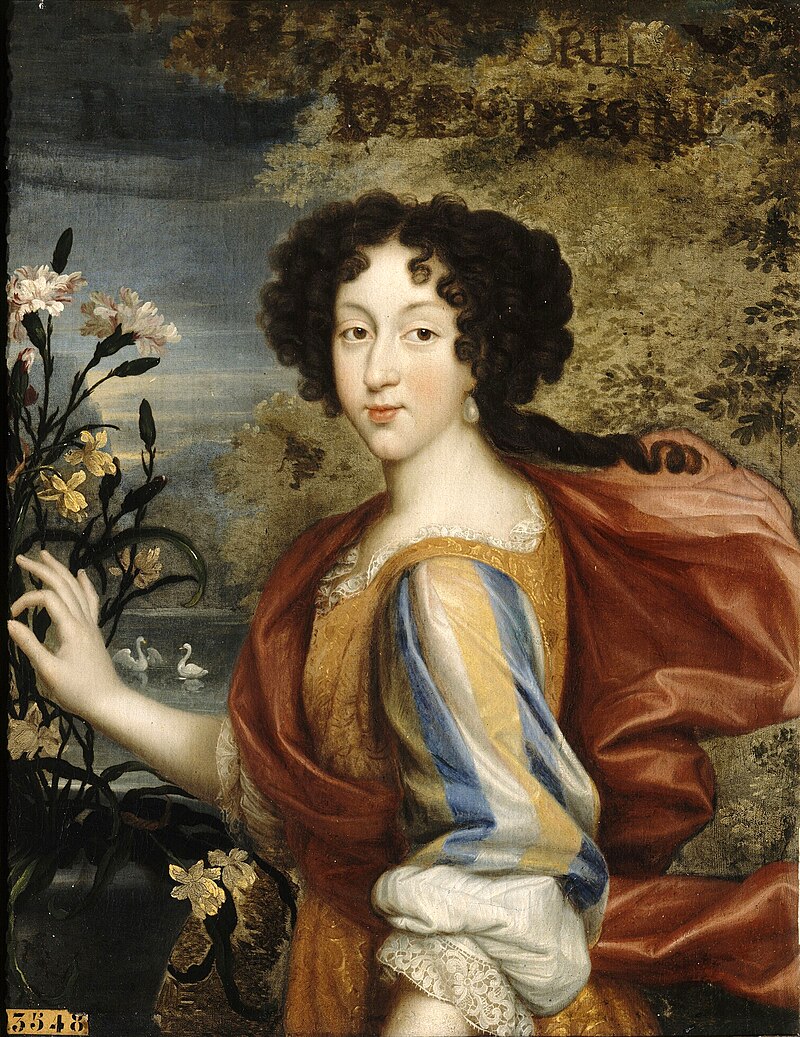
Marie Louise of Orléans, Queen of Spain (1662 – 1689)
Marie Louise was a niece of King Louis XIV of France and a granddaughter of King Louis XIII of France and King Charles I of England. Her marriage to King Carlos II of Spain was part of a plan to have better relations with Spain. Carlos suffered from physical and mental disabilities, most likely the result of inbreeding. His parents were uncle and niece and all eight of his great-grandparents were descendants of Joanna, Queen of Castile and Philip I, King of Castile. After ten years of marriage, Marie Louise and Carlos still had no children. Marie Louise died at the age of 26 after suffering from sudden, severe abdominal pains. Unconfirmed rumors said that she had been poisoned at the instigation of her mother-in-law because she had no children.
********************
Philippe Charles of Orléans, Duke of Valois (1664 – 1666) died in childhood
********************
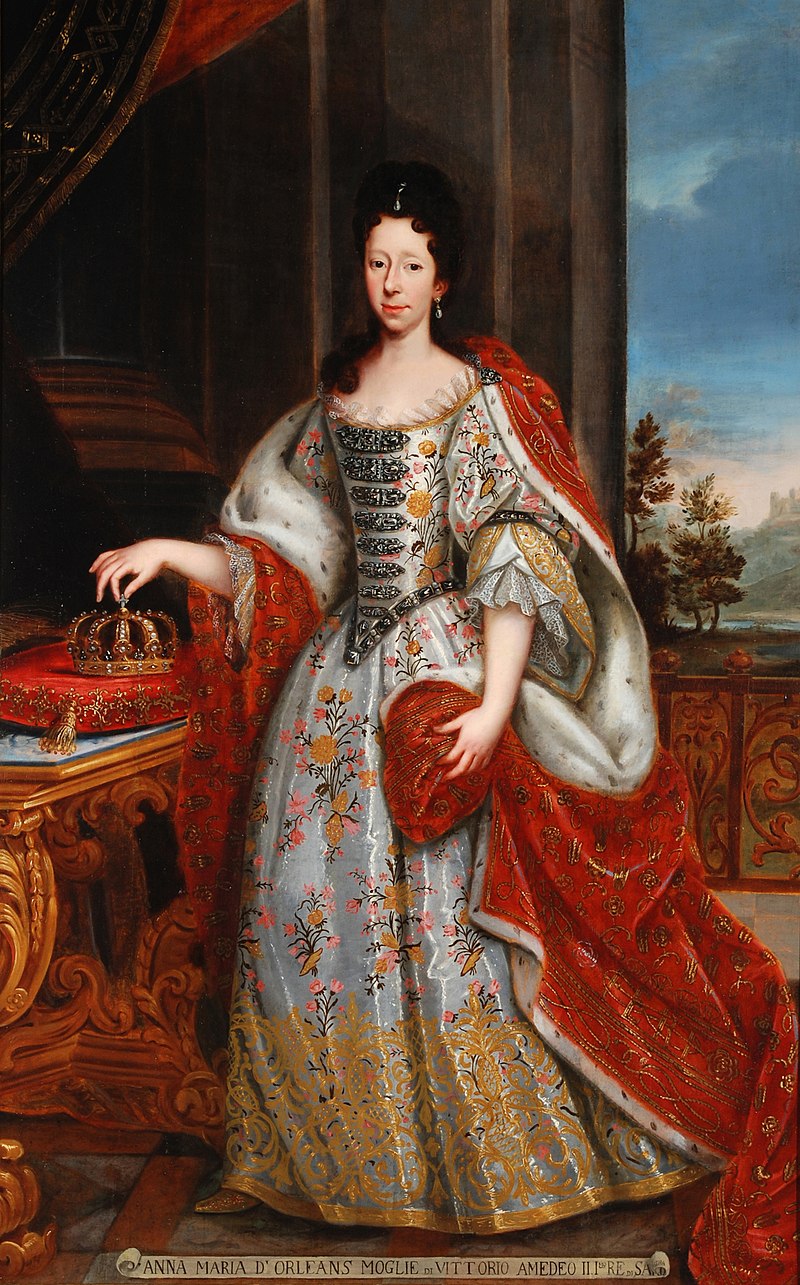
Anne Marie of Orléans, Queen of Sardinia (1669 – 1728)
Anne Marie married Victor Amadeus II, Duke of Savoy, the future King of Sardinia, and had three daughters and three sons including Marie Adélaïde of Savoy who was the mother of King Louis XV of France. Anne Marie and Victor Amadeus’ descendants include King Felipe VI of Spain; Philippe, King of the Belgians; Grand Duke Henri of Luxembourg; Henri, Count of Paris, the Orléanist pretender to the French throne; and Victor Emmanuel of Savoy, the pretender to the Italian throne. In addition, after the death of Henry Benedict Stuart when the line King James II of England ended, the Jacobite claim to the British throne descended from Anne Marie. See Unofficial Royalty: The Jacobite Succession – Pretenders to the British Throne
********************
Paternal First Cousins: Illegitimate Children of Charles II, King of England, King of Scots
King Charles II is an ancestor through his mistresses of many British aristocrats and of several women who married into the British Royal Family:
- Lucy Walter: ancestor of Sarah, Duchess of York and Princess Alice, Duchess of Gloucester
- Barbara Villiers, Duchess of Cleveland: ancestor of Diana, Princess of Wales and Sarah, Duchess of York
- Louise Renée de Penancoet de Kérouaille, Duchess of Portsmouth: ancestor of Diana, Princess of Wales, Camilla, Duchess of Cornwall, and Sarah, Duchess of York
by Lucy Walter

James Scott, Duke of Monmouth (1649–1685), married Anne Scott, 1st Duchess of Buccleuch, had four sons and two daughters, executed for treason
********************
by Elizabeth Killigrew
Charlotte Jemima Henrietta Maria FitzRoy, Countess of Yarmouth (1650–1684), married (1) James Howard, had one daughter (2) William Paston, 2nd Earl of Yarmouth, had two daughters and one son
********************
by Catherine Pegge

Charles FitzCharles, 1st Earl of Plymouth (1657–1680), married Lady Bridget Osborne, daughter of Thomas Osborne, 1st Duke of Leeds, no children
Catherine FitzCharles (born 1658; she either died young or became a nun)
********************
by Barbara Villiers, Duchess of Cleveland (in her own right), wife of Roger Palmer, 1st Earl of Castlemaine

Lady Anne Palmer, Countess of Sussex (may have been the daughter of Roger Palmer, but Charles II accepted her as his child) (1661–1722), married Thomas Lennard, 1st Earl of Sussex, had two sons and two daughters
Charles Fitzroy, 2nd Duke of Cleveland, 1st Duke of Southampton (1662–1730), married (1) Mary Wood, no children, (2) Anne Pulteney, had three sons and three daughters

Henry Fitzroy, 1st Duke of Grafton (1663–1690), married Isabella Bennet, 2nd Countess of Arlington, had one son
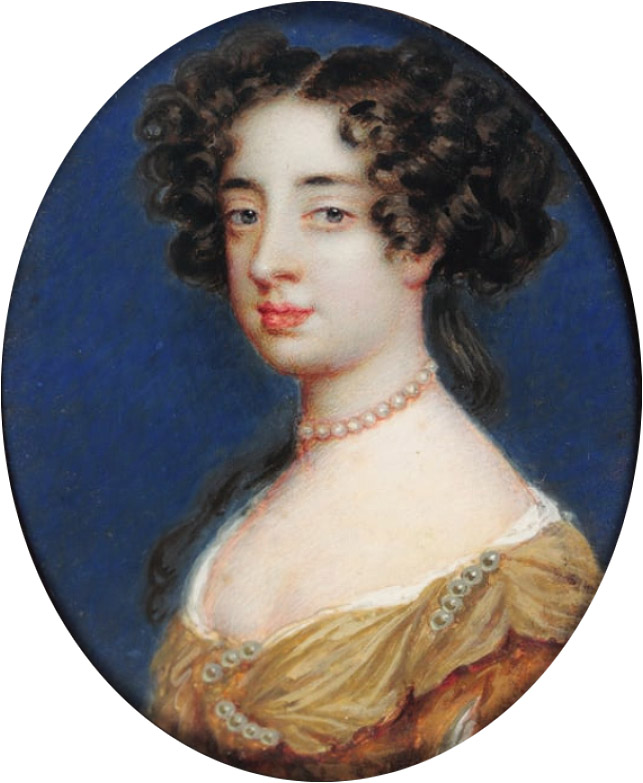
Charlotte Fitzroy, Countess of Lichfield (1664–1717), married Edward Lee, 1st Earl of Lichfield, had thirteen sons and five daughters
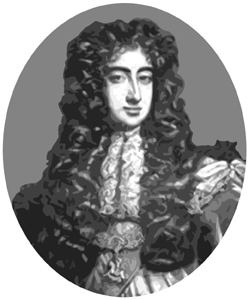
George Fitzroy, 1st Duke of Northumberland (1665–1716), married (1) Catherine Wheatley, no children, (2) Mary Dutton, no children
********************
by Nell Gwyn

Charles Beauclerk, 1st Duke of St Albans (1670–1726), married Lady Diana de Vere, had nine sons and three daughters
Lord James Beauclerk (1671–1680), died young
********************
by Louise Renée de Penancoet de Kérouaille, Duchess of Portsmouth (in her own right)

Charles Lennox, 1st Duke of Richmond, 1st Duke of Lennox, 1st Duke of Aubigny (1672–1723), married Anne Brudenell, had two daughters and one son
********************
by Mary ‘Moll’ Davis
********************
This article is the intellectual property of Unofficial Royalty and is NOT TO BE COPIED, EDITED, OR POSTED IN ANY FORM ON ANOTHER WEBSITE under any circumstances. It is permissible to use a link that directs to Unofficial Royalty.
Works Cited
-
- Lundy, D. (2019). Main Page. [online] Thepeerage.com. Available at: http://www.thepeerage.com/. (for genealogy information)
- Unofficial Royalty. (2019). Unofficial Royalty. [online] Available at: https://www.unofficialroyalty.com. (for biographical and genealogy information)
- Wikipedia. (2019). Main Page. [online] Available at: https://en.wikipedia.org/. (for biographical and genealogy information)
